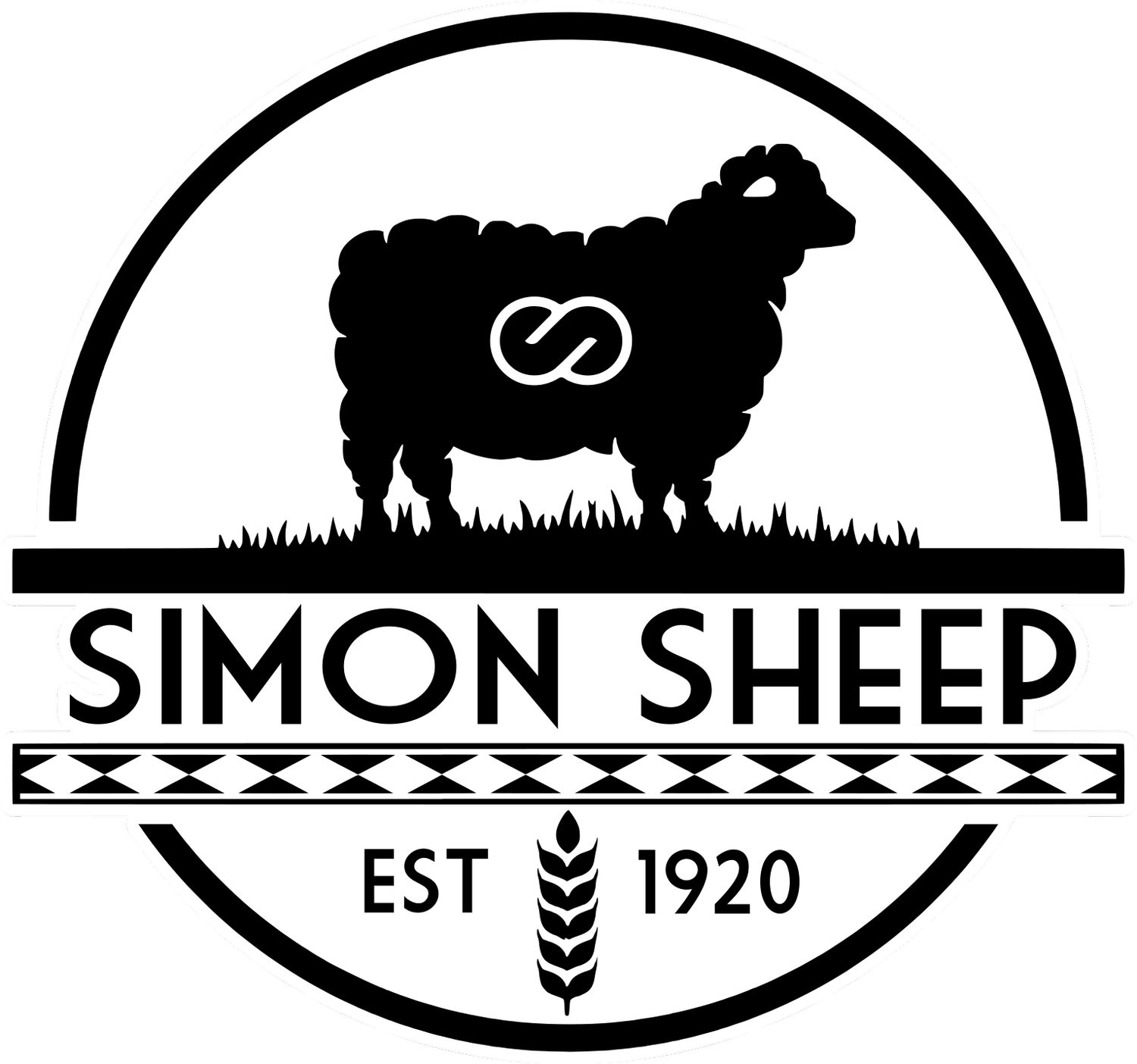From Fleece to Fertilizer: The Benefits of Wool Pellets in Your Garden
At Simon Sheep Farms, we’re passionate about making the most of everything we grow and raise — and that includes what’s left after shearing our sheep each spring. While our best wool goes toward textiles, the rest is transformed into something just as valuable: wool pellets.
Wool pellets are an all-natural, slow-release fertilizer made from raw wool. They're a powerful way to return nutrients to the soil — and a smart, sustainable choice for gardeners who want healthier plants and fewer inputs.
Here’s everything you need to know.
What Are Wool Pellets?
Wool pellets are made by washing and compressing raw wool into small, dense granules. Unlike synthetic fertilizers, they don’t just feed your plants — they help rebuild the soil from the ground up.
These pellets slowly break down over time, releasing nitrogen and other micronutrients while improving soil structure, water retention, and aeration.
They're safe for kids, pets, and pollinators — and they smell like, well… sheep.
Benefits of Wool Pellets in the Garden
1. Natural Nitrogen Source
Wool is naturally rich in nitrogen, one of the three primary nutrients plants need to grow. Unlike synthetic nitrogen sources, wool releases it slowly over time — feeding your plants steadily and reducing the risk of nutrient burn.
2. Retains Moisture in Soil
Wool fibers can hold many times their weight in water. When used in garden beds or potted plants, wool pellets help keep the soil moist longer, reducing the need for constant watering.
3. Improves Soil Aeration
As the pellets break down, they create tiny air pockets in the soil. This helps roots grow deeper and healthier, especially in compacted or clay-heavy soils.
4. Repels Slugs and Snails
A lesser-known benefit — the texture of wool can help deter soft-bodied pests like slugs from invading your garden beds.
5. Sustainable and Made in Kansas
Our pellets are made from wool grown and sheared right here on our farm. They’re a low-waste, high-impact product that supports soil health and responsible farming practices.
How to Use Wool Pellets
In the Garden: Mix pellets into the top 2–3 inches of soil before planting. Use a small handful per square foot.
In Pots or Planters: Add a tablespoon or two to the bottom of each planting hole.
Around Established Plants: Sprinkle around the base of the plant and gently work into the soil.
Wool pellets are especially great for vegetables, flowers, and fruit trees — any plant that benefits from steady nutrients and improved soil structure.
A Natural Fit for Regenerative Farming
At Simon Sheep Farms, nothing goes to waste. Our wool pellets are part of a larger mission to farm in harmony with the land — minimizing external inputs, building soil health, and offering better solutions for people who care about how things are grown.
Whether you’re a backyard gardener, a homesteader, or just looking for a better way to feed your plants, wool pellets are a simple, effective, and earth-friendly tool.
Ready to Try Wool Pellets?
You can find our 100% natural wool pellets in Simon’s Market — available in one-pound bags, perfect for garden beds, houseplants, or greenhouse use.
Better soil starts with better inputs. Let’s grow something good together.
